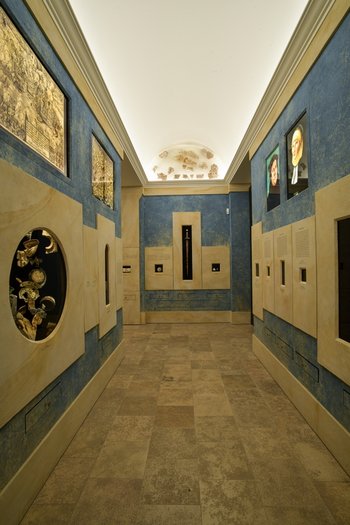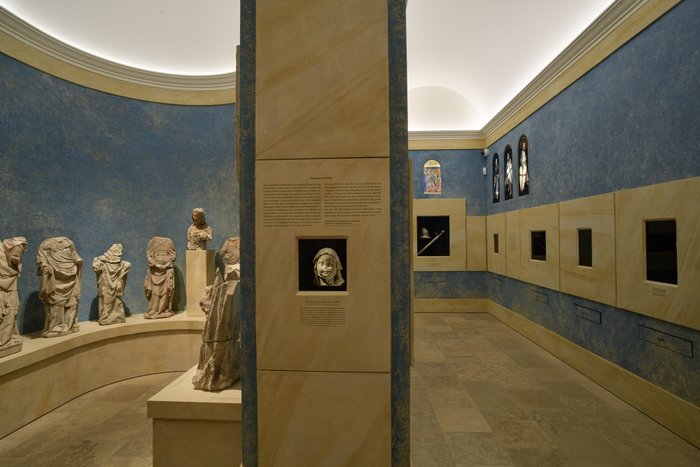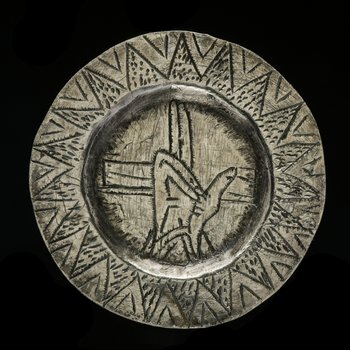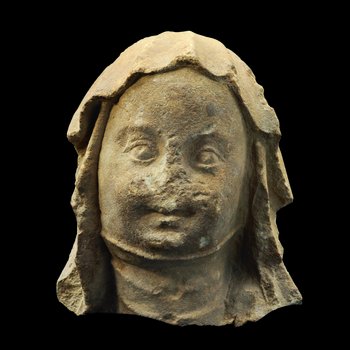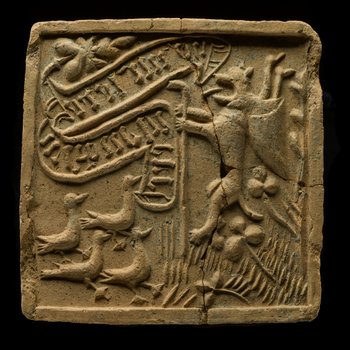Theocracy
High and Late Middle Ages until Protestant Reformation
10th to 15th century
Since the 10th century, the Ottonian dynasty created the Roman-German Empire out of the former East Frankish Empire. The High and Late Middle Ages, which cover the next 500 years, are characterised by the division of estates according to feudal law and the formation of states. Life was shaped above all by a new understanding of religion - Christianity legitimised ruling power and was the basis of the all-valid explanation of the world. The Pope, as the head of Christendom, defined the moral framework to which rulers also had to orient themselves. Even royal or imperial power was only conferred by God. This blocked an independent quest for knowledge.
From the 15th century onwards, a movement arose within the church that aimed to reform outdated structures and doctrines that were perceived as wrong. The papally mandated sale of indulgences (purchasing remission of sins) and the venality of church offices were central points of criticism. The Augustinian monk and professor Martin Luther from Wittenberg sparked off the dispute with the Pope and the Emperor. Luther's excommunication in 1521 marked the beginning of the division into a Protestant and a Catholic Church which continues to this day.
